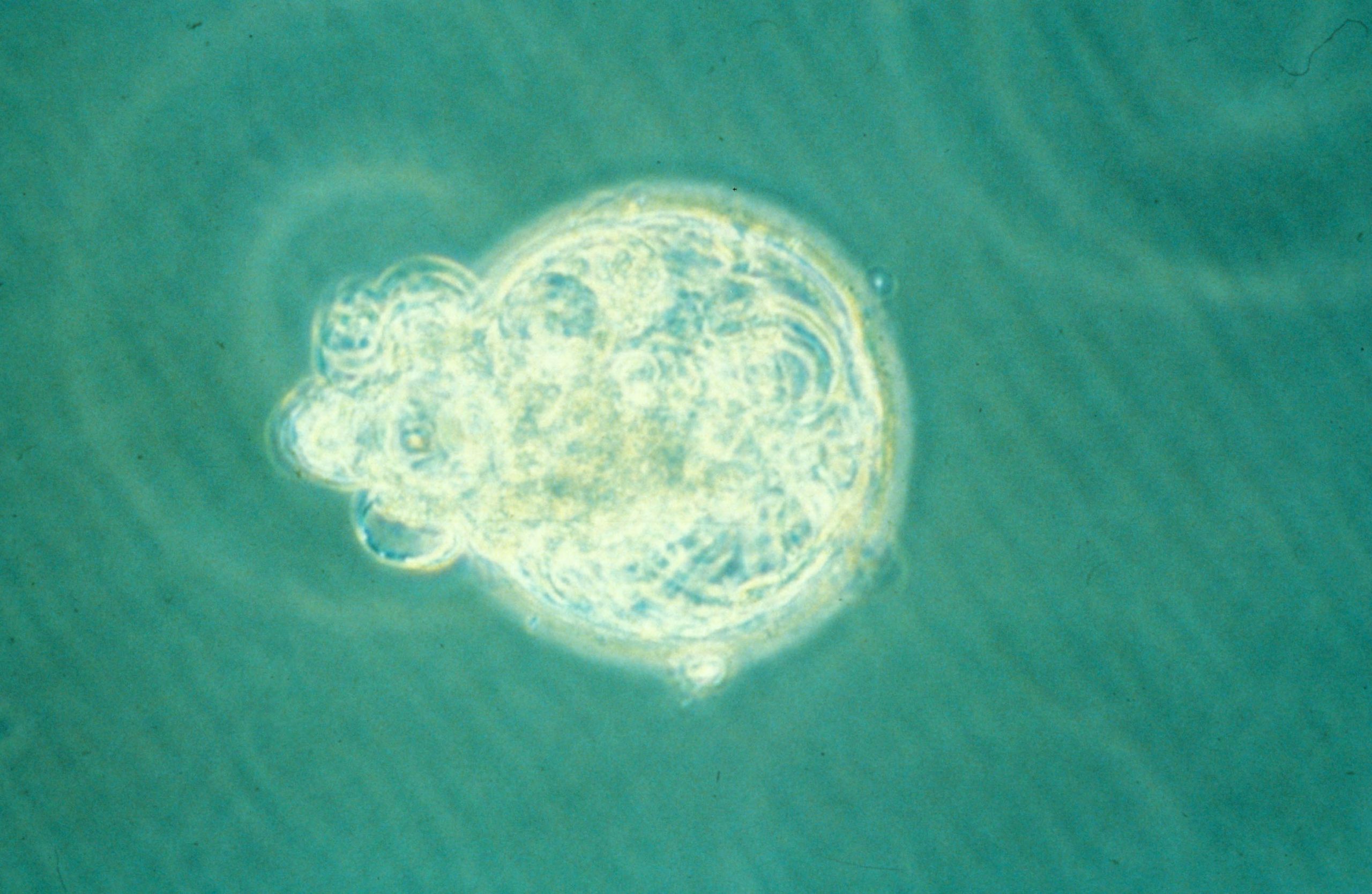Cambridge University scientists led by Professor Zernicka-Goetz have succeeded “in creating a structure resembling a cultured mouse embryo” using murine stem cells and a 3D matrix on which the cells were developed. Their study is published in the Science journal. The studies were “largely financed by the Wellcome Trust and the European Research Council”.
This is not the first attempt of its kind but previous companies failed “because of the complexity of the cell machinery involved in the embryo development process and the co-ordination of morphogenesis”: after the egg has been fertilised by the sperm, the zygote divides several times to generate an initial structure, the blastocyst. The latter comprises a number of structured layers. Inside are totipotent embryo stem cells surrounded by trophoblastic stem cells forming the placenta and endodermal stem cells forming the vitelline sac. All of these cells communicate and co-ordinate with each other.
Professor Zernicka-Goetz’s team used “a combination of murine embryo stem cells and genetically modified, trophoblastic stem cells” together with a 3D “extracellular matrix”. Without the fusion of the two gametes, they obtained a collection of cells capable of organising themselves, the development and structure of which “resembled those of a natural embryo”. To create a “viable embryo”, scientists believe that the third type of stem cells would have to be used. This would allow the development of the vitelline sac which provides the embryo with nutrition and hosts a network of developing blood vessels. Furthermore, “the system has not been optimised for the placenta to develop properly”. However, scientists “hope to be able to reproduce these results shortly using human stem cells”.
Professor Zernicka-Goetz has also recently published other studies challenging the “14-day rule” – the limit beyond which scientists cannot cultivate a human embryo (see Scientists develop human embryos in vitro for 13 days and request authorisation to go further, Embryo research: What is the basis for the 14-day rule?)
For Professor Zernica-Goetz, the aim of this second round of research is to “off-set the shortage of human embryos donated for research”. These human embryos are currently “donated by IVF clinics”. Creating embryos from stem cells would remove this “obstacle”. In the end, this research will be carried out to explain failures in MAP (medically assisted procreation).
Medical Press (2/03/2017); Jean-Yves Nau (3/03/2017)

